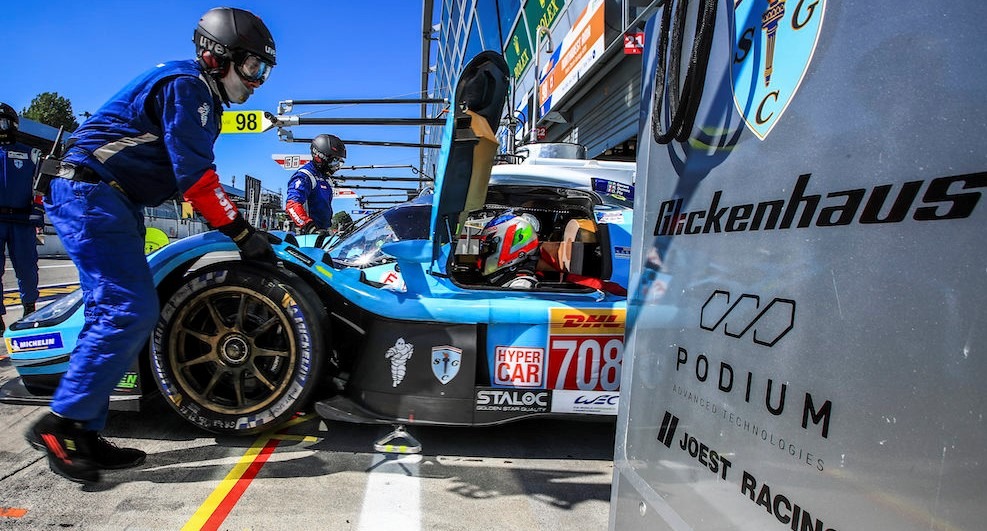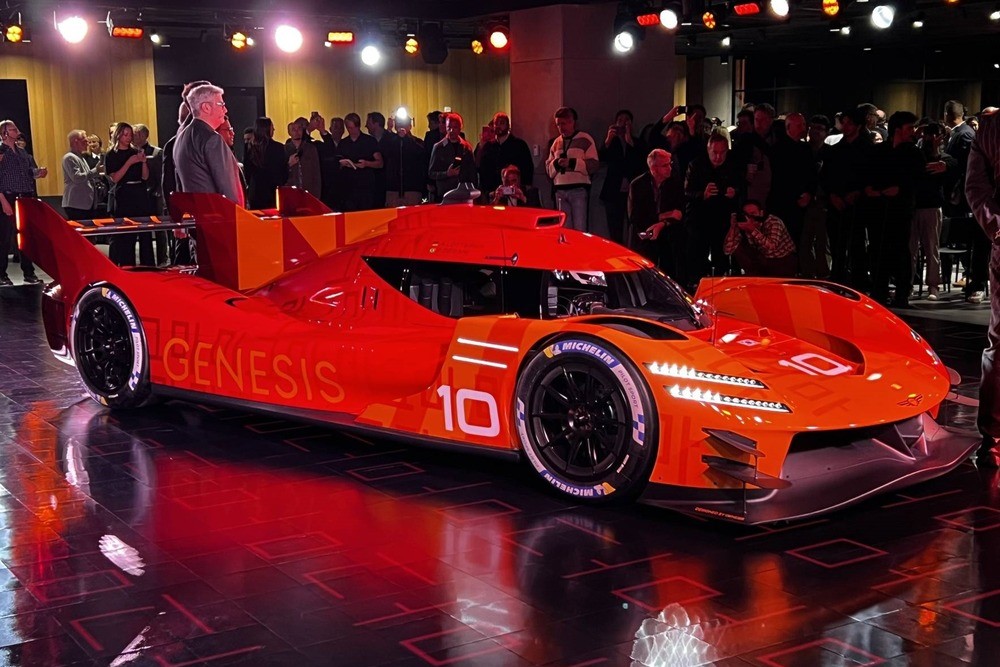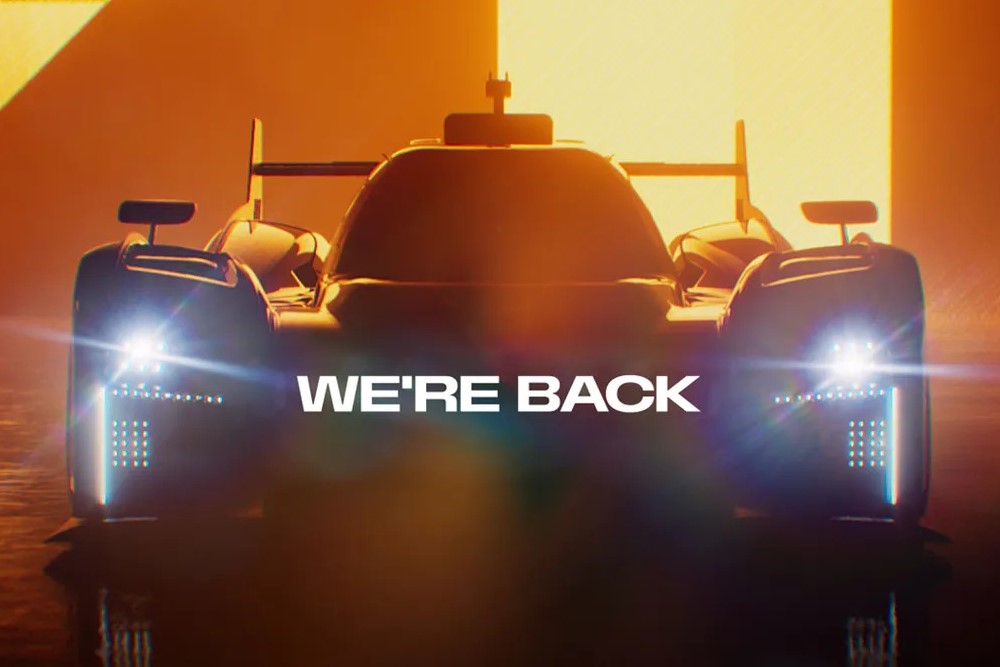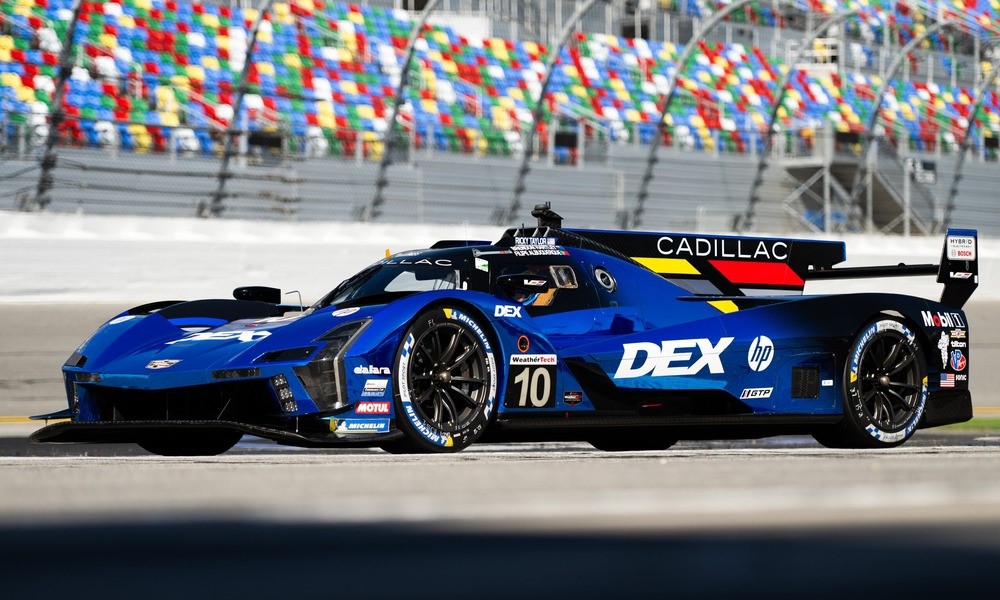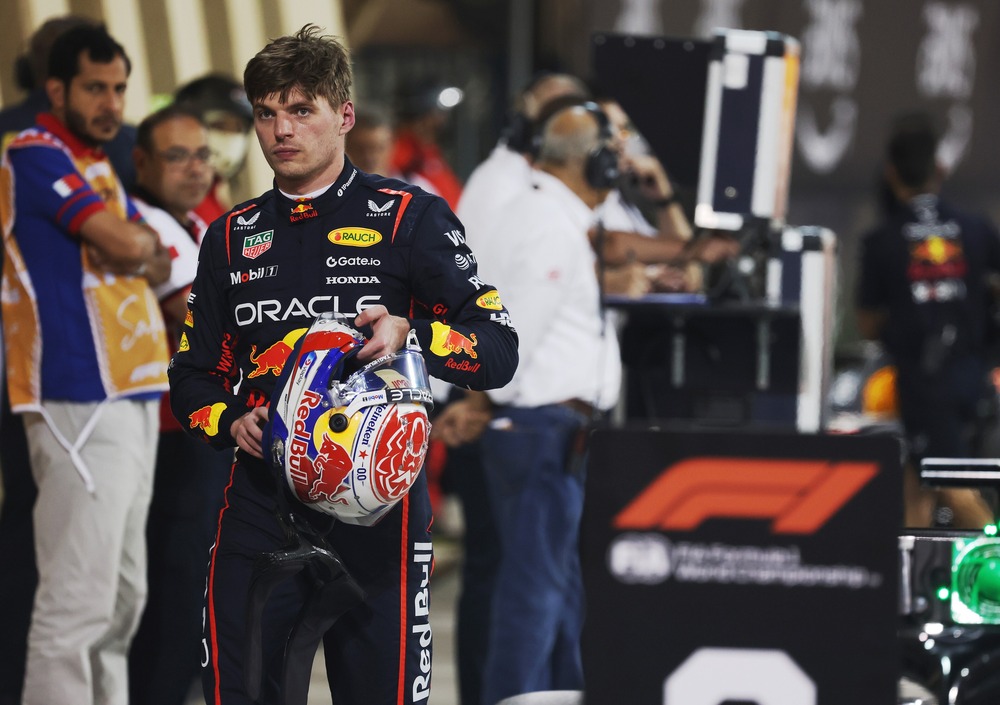Glickenhaus Racing boss claims that competing with manufacturers is simply becoming too challenging.
According to Jim Glickenhaus the big issue is that the identical chassis that the Scuderia Cameron Glickenhaus team used to nearly win the World Endurance Championship’s six-hour race at Monza last year was brought to the Prologue test at Sebring.
But it’s not the only issue as he continues to highlight economic challenges as another reason reprimanding the privateers from competing with manufacturers. Glickenhaus, who placed his WEC team on the podium at Le Mans in 2022, is still undecided about his racing future.
“There is some massive economic turmoil going on in the world, it’s fair to say,” Glickenhaus said during the Prologue ahead of this weekend’s IMSA/WEC doubleheader at Sebring.
“I just wish there was a way to keep this going… In my opinion, it’s going to be a series for huge manufacturers and there will be no privateers.”
On the manufacturing front, the news is more encouraging. Following success in the required crash test for highway cars, Glickenhaus claims he has sold more than 25 of the 007’s road-going/track-day versions and is prepared to start a manufacturing run.
“We have significant back orders, roughly two years of output,” Glickenhaus said.
The WEC’s Hypercar category requires a minimum of 25 cars to be produced. IMSA GTP requires a manufacturer to build 2,500 production cars annually in order to participate in the WeatherTech Championship, moving Glickenhaus racing business to that side is not an option.
Although the team owner has claimed he has legal grounds for litigation against IMSA, no lawsuit has yet been filed.
“We started our week on the Monza set-up which is really not too good for Sebring,” said Glickenhaus in preparation of the WEC season-opening 1,000-mile race this weekend.
The Glickenhaus team missed the final two rounds of the WEC last year after winning two pole positions, three podium finishes, including third at Le Mans in the first five rounds of the season.
The team’s chance to win at Monza was lost due to a turbocharger problem. The race in Monza marked the end of Podium Advanced Technologies’ two years of development; other than modest attempts at weight reduction.
Glickenhaus attempted to find consumers for the Pipo-powered 007 and sponsors for his team during the winter while the new Hypercar and the LMDh competitors conducted rigorous testing.
Glickenhaus will compete in Le Mans with a second car sponsored by HP Motorcars as he works to get more sponsors and race car sales which are required for continued involvement in the sport.
“When this thing started, it was going to be a cost-effective answer to LMP1,” he said. “Now we’re facing guys who are out-spending us 10 to one… It’s becoming untenable.”
“We have, I believe, the lowest cost car, running costs but we still haven’t been able to sell customer cars.”
“We’re looking for sponsors… If we don’t find car buyers or sponsors, we’re going to find other mountains to climb.”
The Glickenhaus porpoised so severely once it was on the Sebring circuit that, during the first session, the front hood broke when it struck the concrete. Romain Dumas, the team’s driver, asserts that the twin turbo Pipo has the necessary power under the revised BOP.
The Toyota GR010 Hybrids that the Glickenhaus successfully raced against last year with the aid of BOP were four seconds faster than the Glickenhaus on the first day of the Prologue. On the second day, the Glickenhaus team reduced the deficit to 2.5 seconds, although they were still behind the other six LMDh and Hypercar teams.

